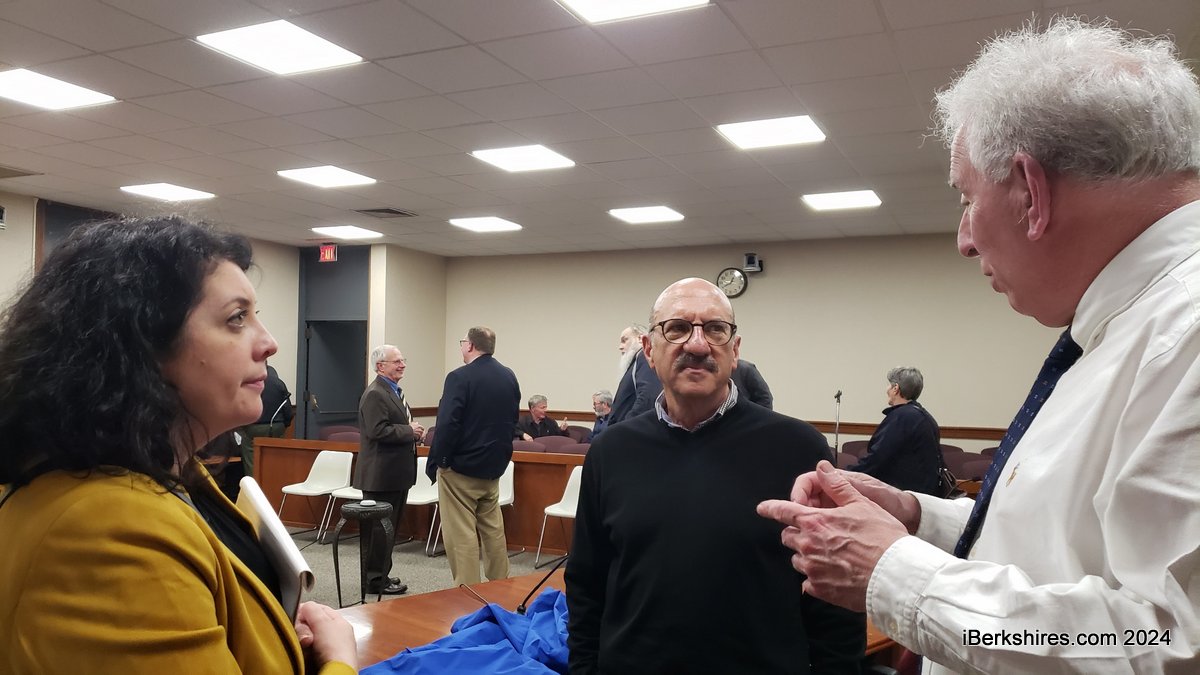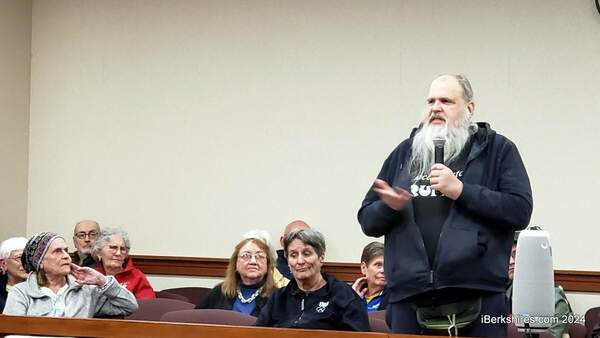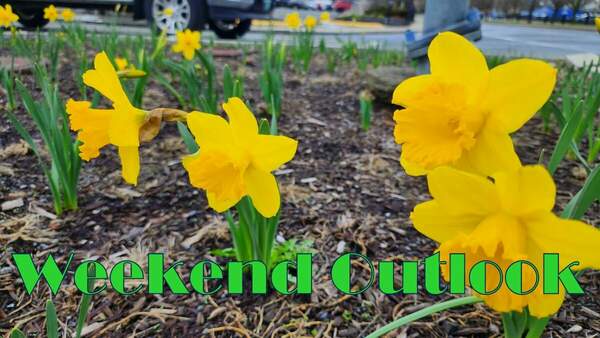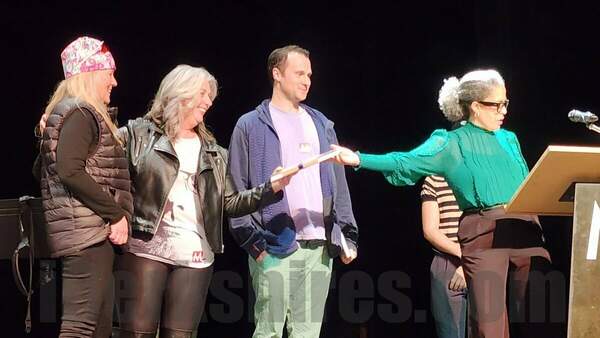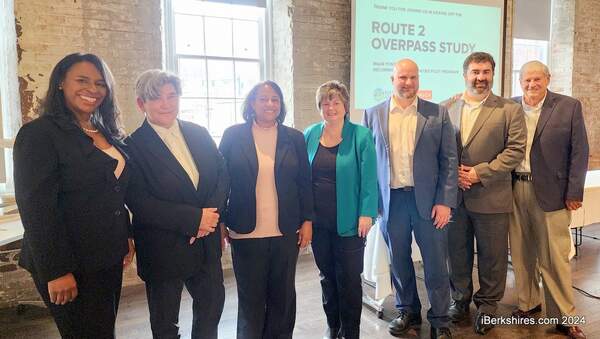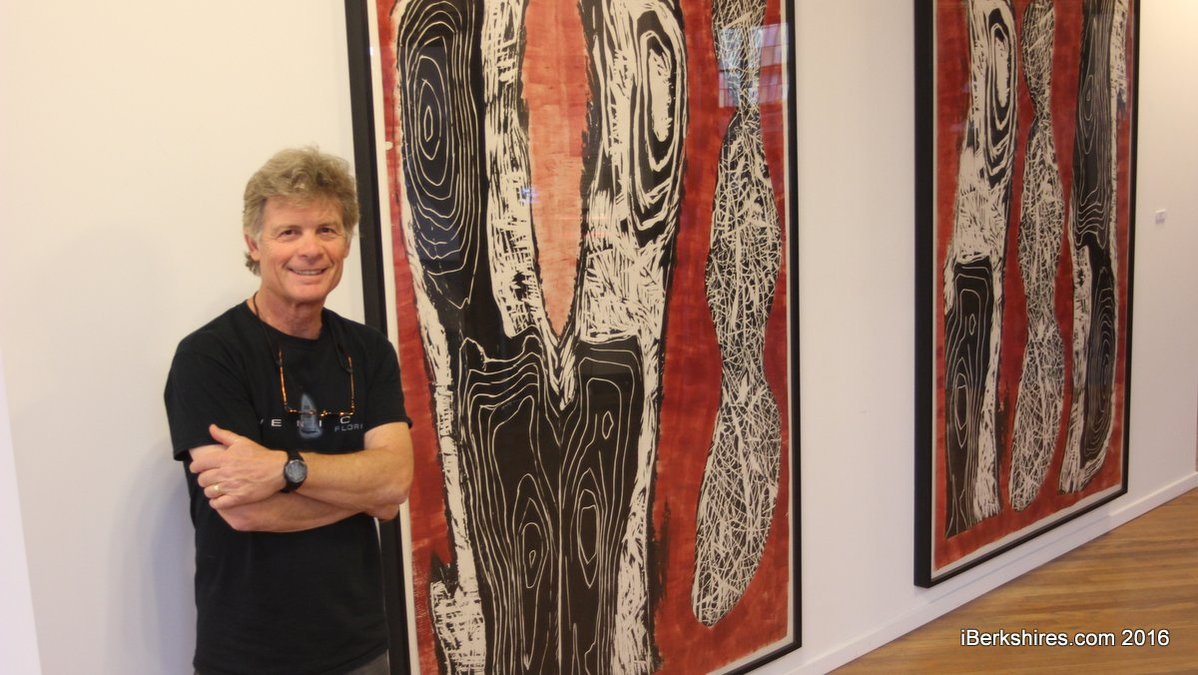
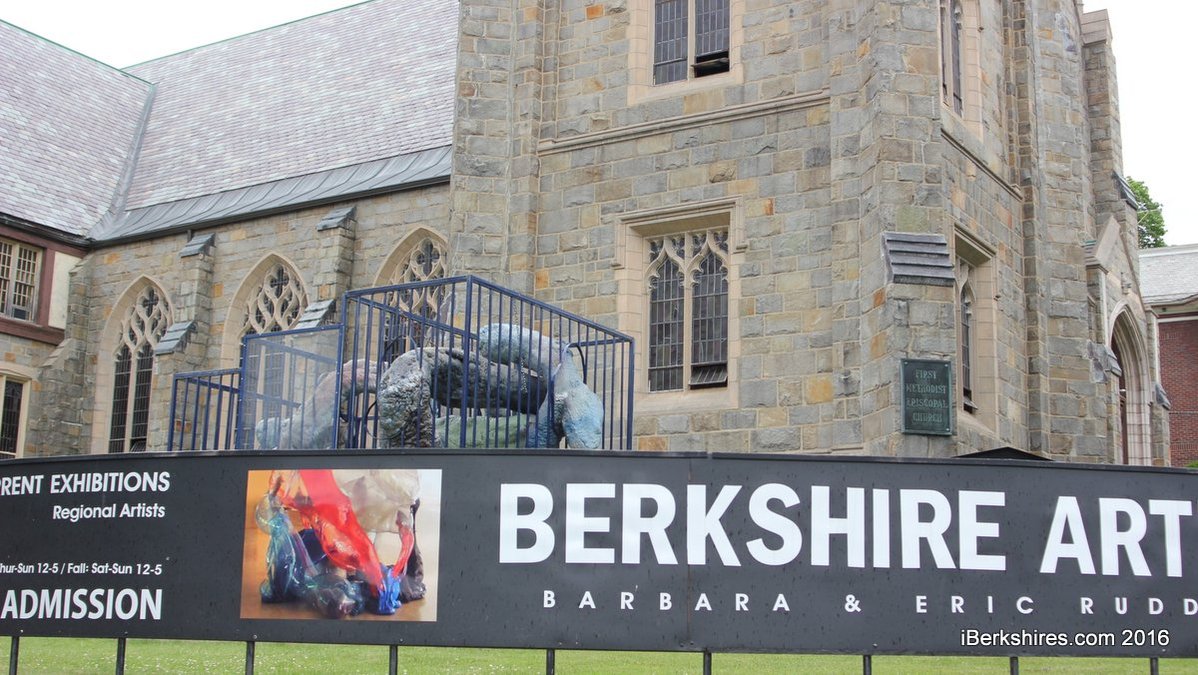
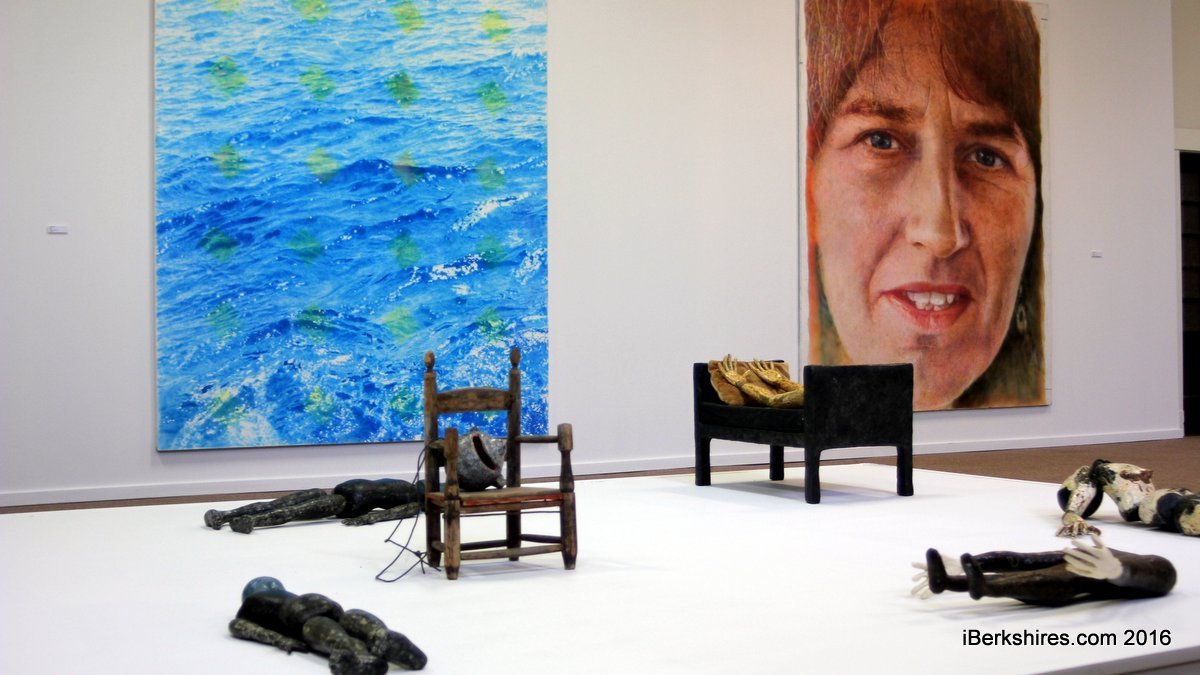
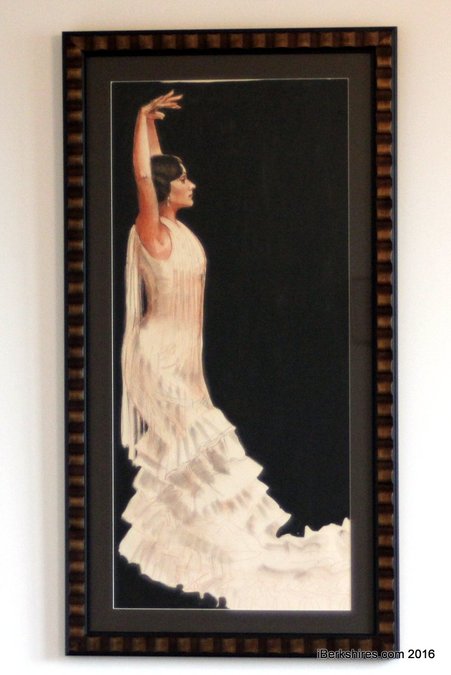
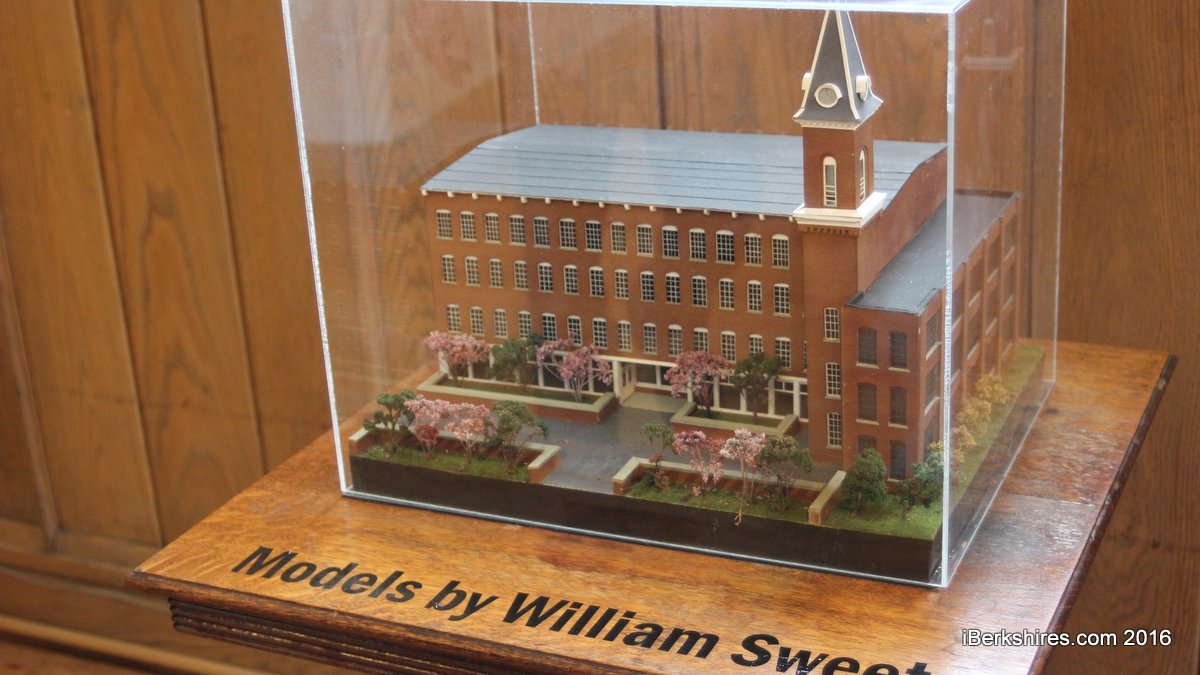
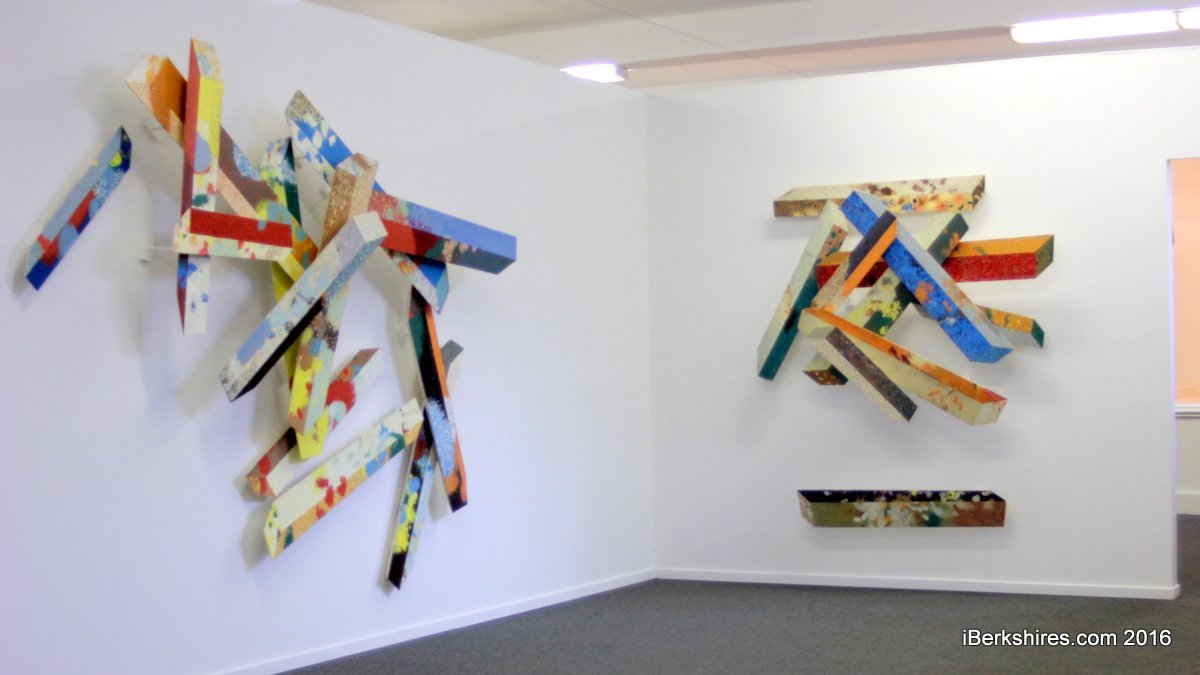
Berkshire Art Museum Opens With CAC Retrospective

NORTH ADAMS, Mass. — Before Mass MoCA, before DownStreet Art, the Contemporary Artists Center was a converging point for the creative.
The Beaver Mill center hosted a plethora of artists — from the established to the up-and-coming, from the home-grown to the international. Now selected works from nine of those artists will be on display at the Berkshire Art Museum in "Berkshire Artists of the Contemporary Artists Center 1990-1999" as part of the DownStreet Art season that kicks off Thursday evening.
Eric Rudd, the center's founder with his wife, Barbara, and its original director, said the focus of the retrospective is on CAC artists with a strong connection to the Berkshires, either as natives or newcomers.
The exhibitors are Dale Bradley, Christopher Gillooly, Brandon Graving, Robert Henriquez, Henry Klein, Barbara May, Robert Schechter, Maria Siskind and David Zaig. The works include paintings, photography, engraving, sculpture and works on paper.
Rudd said all the pieces came out of the 1990s and are a good reflection on the type of work being done at the center. The exhibit was limited geographically largely because "it would have been an endless task" to pick from the variety."
The retrospective is one of four exhibits in the massive 25,000 square-foot museum. This is the third year for the Berkshire Art Museum, opened by Rudd in the former Methodist church at the corner of Main and Church streets. The Barbara and Eric Rudd Art Foundation purchased the building in 2012 to host some of Rudd's large sculptures and works by regional artists, and as a way to preserve yet another empty church.
"The cityscape is important to preserve. Look what's happening over there," he said, nodding to the partially demolished St. Francis' Church down the street. Rudd also owns a church on Summer Street that's been turned into "A Chapel for Humanity" and hosts one of his massive sculptural installation.
The Berkshire Art Museum, which has gone through a couple name changes, is large enough to exhibit some pretty large pieces itself. Rudd's Lexan work can be found in the main sanctuary and some of his pieces from the 1960s have been pulled out, dusted off and reassembled in the lower level. But little has been changed of the church's original, Gothic woodwork; Rudd sees it as blending the old with the new.
He's had about 3,000 people come through the doors and believes 10,000 a year is a reachable goal. But it takes time and money to keep a historic building going, he acknowledges. A water issue had to be dealt with, masonry repaired, lighting switched out for efficient bulbs, and an elevator kept functioning for handicapped accessibility requirements.
Admission to the museum is free, but Rudd is hoping for more donations to help the museum become more sustainable. It also could use some volunteers during its open hours.
"We need to spend money to advertise," he said. "We need to let people know it's here."
Along with Rudd's installations, and the church itself, two other smaller exhibitions are staged inside. Sarah Sutro's "Colors," a set of layered ink works, hangs in the tower gallery, which still has its pastel stained-glass windows. "Art and Architecture," with models and prints by Keith Bona, Peter Dudek, Howard Itzkowitz and William Sweet, is in the former pastor's office.
The main event, though, is the CAC retrospective.
"We brought hundreds and hundreds of [artists] here. It really is part of the history of this area," Rudd said, standing amongst the works in one of the museum's several galleries. "These are all artists involved in the CAC in the 1990s. ...
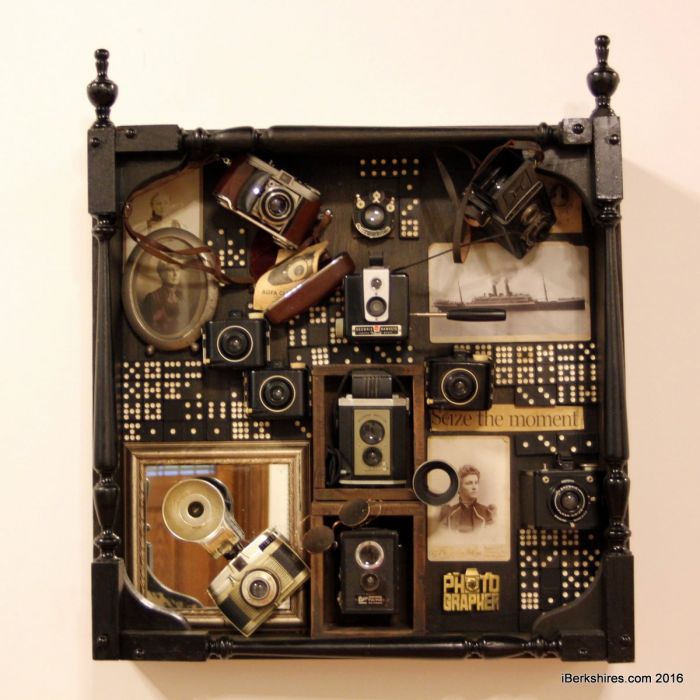
"I'm trying to show the flavor of the work that was being done."
The CAC founded in 1990 offered intensive programming and workshops, studio space, and the chance to meet with well-known curators, museum directors, critics and artists. From the framed CAC brochures on the wall, Rudd pointed out his late friend Walter Hopps, who curated shows at the Guggenheim and Whitney Center for the Arts, among others, and Thomas Krens, a founder of Massachusetts Museum of Contemporary Art and later Guggenheim director, as examples.
The artists lived and worked at the mill and exhibited in the gallery. The first year drew 19, the second more than 100. Artists experimented, including on the "monster" press that was built in the Beaver Mill.
"I look back on it and think, 'how cool.' We were feeding and housing 40 artists at a time, it was like running a B&B," Rudd laughed. "It was a great place for people to work and meet other artists."
Some of those involved also became hitched to Mass MoCA, or made connections that took them farther afield, or found they liked North Berkshire so much, they moved here. The center's influence waned in 2007 when it abruptly moved to Troy, N.Y., under a new director and new board.
Its departure from the city was somewhat acrimonious, but Rudd wants the city to remember the center's influence in attracting a burgeoning arts community long before the concept of a creative economy took hold.
"This is where it all began," he said. "It all began at the Contemporary Artist Center."
Berkshire Art Museum is open Thursday through Sunday from noon to 5; it will be open later this Thursday for DownStreet Art. Admission is free. DownStreet Art kicks off at 5 p.m. on Thursday with gallery openings and music.
Tags: church reuse, contemporary art, DownStreet Art, museum,

